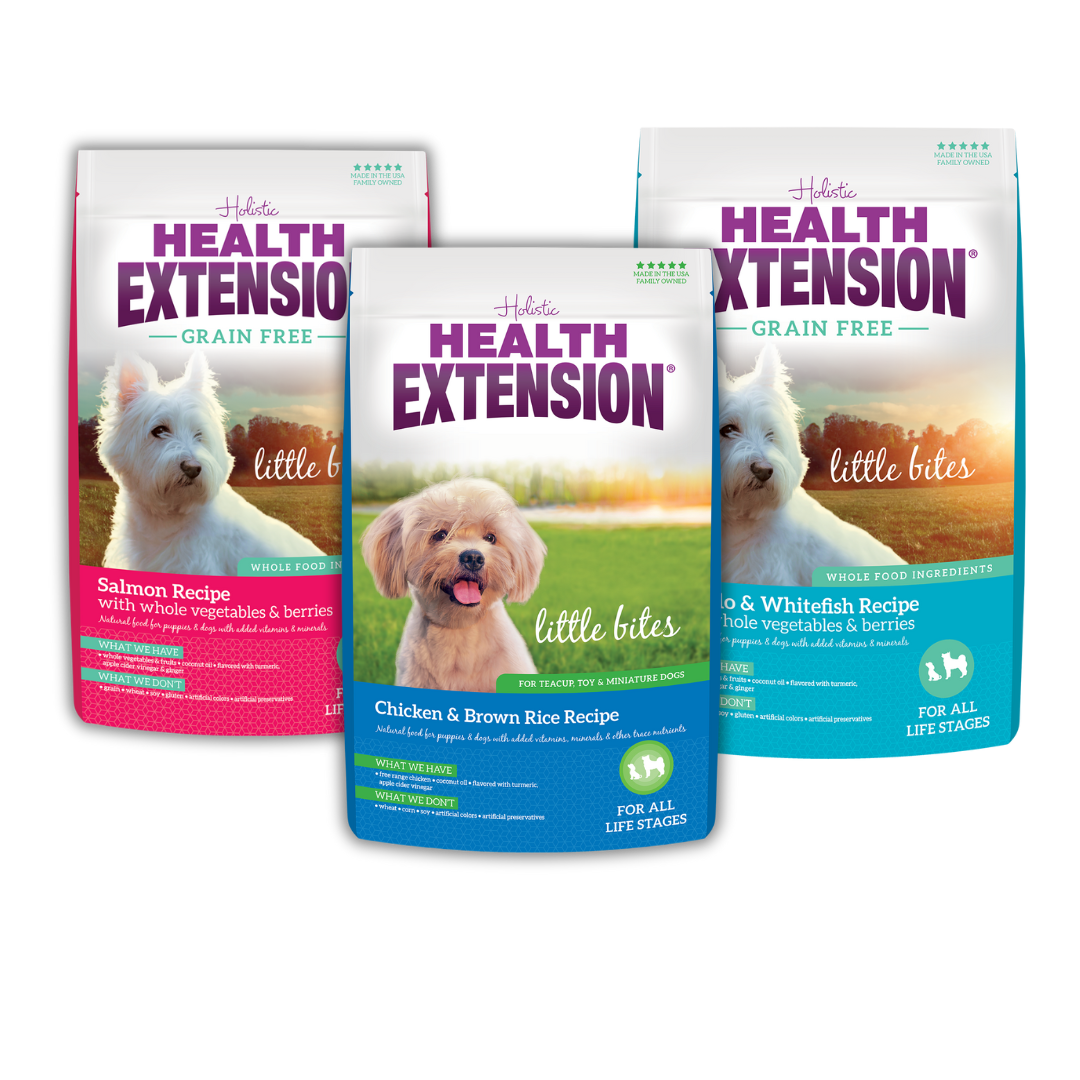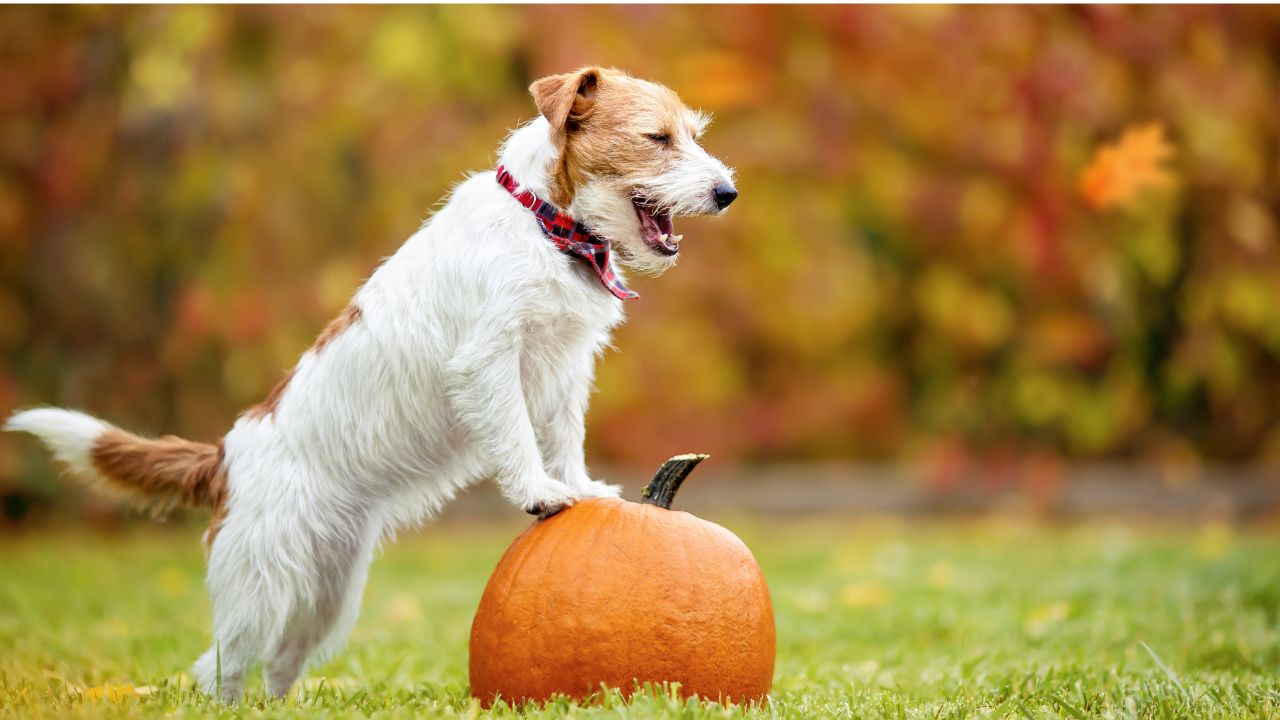As the leaves begin to change colors and the crisp air of fall sets in, many pet owners notice that their furry companions start to experience a new set of challenges—allergies. Fall allergies are just as common as their spring counterparts, and they can affect our pets in a variety of ways. Let's explore some of the most common fall allergies in pets and how we can manage them to help our companions feel their best.
Recognizing Fall Allergies in Pets
The most common triggers for fall allergies include pollen from weeds like ragweed, mold spores from decaying leaves, and dust mites that flourish in cooler weather as we start using our heating systems. These allergens can cause a variety of symptoms in dogs and cats, making them just as uncomfortable as their human counterparts.
Some signs your pet may be suffering from fall allergies include:
- Itchy skin or rashes: Especially around the paws, belly, and ears.
- Excessive licking or scratching: Pets may chew on their paws or scratch persistently.
- Red or watery eyes: Irritation can lead to discharge or red, inflamed eyes.
- Sneezing or coughing: Especially in cats, sneezing can indicate a reaction to airborne allergens.
- Ear infections: Common in dogs, ear infections can result from scratching or an overgrowth of yeast due to inflammation.
If you notice any of these symptoms, it's a good idea to consult your veterinarian to determine the underlying cause and create a plan for relief.
Treatment and Relief Options
Just like with spring allergies, managing your pet's exposure to allergens and finding suitable treatments is key to helping them feel more comfortable. Here are some ways you can manage fall allergies:
- Minimize Exposure
- Keep Your Home Clean: Regularly vacuuming and dusting can help reduce dust mites, mold, and pollen brought inside by both you and your pets. Consider using a HEPA air purifier to filter out airborne allergens.
- Wipe Down Your Pet: After walks, wipe your pet's paws and coat with a damp cloth to reduce pollen exposure. This simple step can help remove allergens before they get a chance to cause problems.
- Avoid Long Walks During High Pollen Counts: Try to limit outdoor activities when pollen counts are at their peak, usually in the early morning or late afternoon.
- Dietary Supplements
- Adding omega-3 fatty acids to your pet’s diet can help reduce inflammation and improve skin health. Nutritional supplements such as fish oil can help keep your pet’s coat healthy and reduce itchiness.
- Antihistamines and Medications
- Over-the-counter antihistamines can sometimes offer relief for mild allergy symptoms. However, it's crucial to consult your vet for the correct dosage, as human medications may not always be safe for pets.
- In more severe cases, prescription medications such as steroids or immunosuppressive drugs may be necessary. These medications help control the immune response and bring relief from persistent symptoms.
- Baths and Grooming
- Regular baths with a hypoallergenic or medicated shampoo can help reduce the allergens on your pet’s skin. Be sure to use lukewarm water to prevent drying out their skin, and always follow up with a moisturizer recommended by your vet.
- Keep your pet’s fur well-trimmed, particularly around areas prone to itching, to make it easier to identify any signs of irritation.
- Flea Control
- Flea allergies can be exacerbated during fall, making it crucial to maintain a reliable flea prevention routine. Fleas thrive in cooler weather, so regular flea prevention treatments are essential to avoid flea bite allergies, which can often complicate other seasonal allergies.
Consult Your Veterinarian
If your pet's allergy symptoms persist or worsen, consulting your veterinarian is always the best option. They can perform tests to help determine the exact cause of the allergy, whether it's environmental, food-related, or even a combination of both. In some cases, a visit to a veterinary dermatologist may be necessary for severe or persistent symptoms.
Fall allergies can be a frustrating time for both pets and their owners, but with some proactive steps, you can make your furry friend more comfortable. Recognizing the signs of allergies early and taking measures to minimize exposure to allergens can significantly improve your pet’s quality of life. Whether it's keeping your home environment clean, managing exposure to outdoor allergens, or providing medication, each small effort helps keep your beloved companion happy and healthy.





